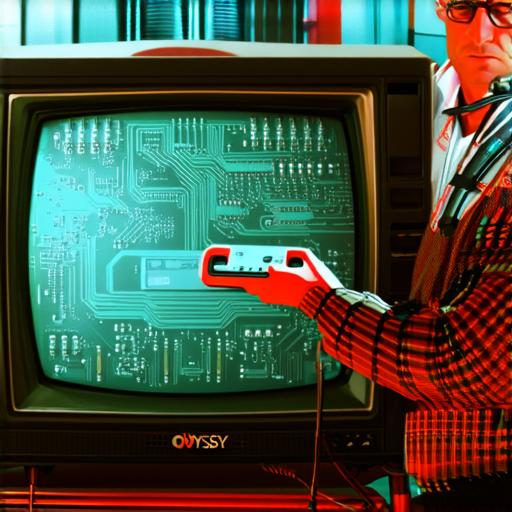Video games have come a long way since their inception. From simple pixelated graphics to immersive virtual worlds, video games have evolved into an industry that generates billions of dollars each year. But when was the first video game invented? This question has been debated for decades, with various claims and counterclaims about who should be credited with the creation of the first video game.
The Early Days of Video Games
Video games have a long and fascinating history that dates back to the early days of computing. The first known interactive electronic game was created by Thomas T. Goldsmith Jr. and Estle Ray Mann in 1947, called “Cathode-Ray Tube Amusement Device.” It was a simple game that used a cathode ray tube (CRT) to display moving dots on the screen.
In the 1950s, video games began to gain popularity as researchers and engineers started experimenting with new technologies. One of the most influential figures in this era was Ralph Baer, who is often credited with inventing the first home video game console. In 1972, he created the Magnavox Odyssey, which was the first commercially successful home video game console.
The Birth of Arcade Games
The birth of arcade games marked a significant milestone in the history of video games. These games were designed for public use and were typically found in bars, restaurants, and other entertainment venues. The most famous arcade game of all time is probably “Pong,” which was created by Atari in 1972. It was a simple two-player game that used paddles to hit a ball back and forth across the screen.
The Rise of Personal Computers
As personal computers became more accessible and affordable, video games began to take off on a whole new level. The first video game designed specifically for home use was “Spacewar!” which was created in 1962 by Steve Russell at MIT. It was a two-player game that simulated space battles between two spaceships.

The Video Game Industry Booms
By the 1980s, the video game industry had become a multi-billion dollar business. The rise of home consoles like the Nintendo Entertainment System (NES) and Sega Master System allowed for more advanced games with better graphics and sound. Games like “Super Mario Bros.” and “Sonic the Hedgehog” became cultural phenomena, selling millions of copies and generating huge profits for their creators.
The First Video Game Inventor?
Despite these milestones, there is still some debate about who should be credited with the invention of the first video game. Some people argue that Thomas T. Goldsmith Jr. and Estle Ray Mann’s “Cathode-Ray Tube Amusement Device” was the first true video game. Others point to Ralph Baer’s Magnavox Odyssey as the first home video game console.
But there are some who believe that the first true video game was actually “OXO,” also known as noughts and crosses, a simple tic-tac-toe game that was created by Alexander S. Douglas in 1952. This game was designed to be played on a Cambridge University computer called EDSAC (Electronic Delay Storage Automatic Calculator), which was one of the first programmable computers in the world.
Conclusion
The history of video games is a fascinating journey that spans decades and has touched millions of people around the world. From simple pixelated graphics to immersive virtual worlds, video games have come a long way since their inception.



